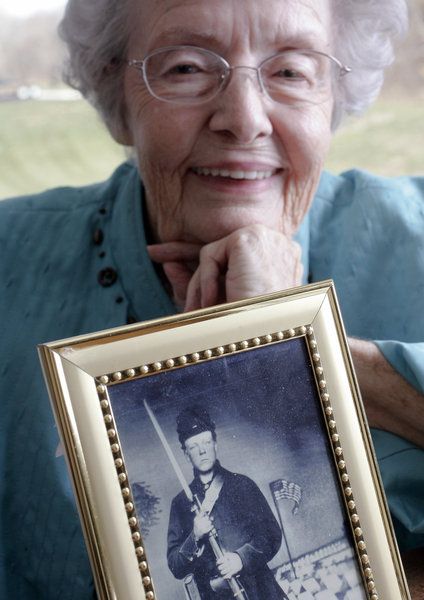Here’s one of those children of Civil War veterans I mentioned in an article a while back. Fascinating to get a glimpse of the pension process; making sure in 1929 that no oath of allegiance to the Union was sworn in the 1860s.
Lindsey didn’t apply for a state pension from Florida based on his Civil War experience until he was in his 70s because he felt it was his responsibility to provide for his family, Goodspeed said. The process was slow because it was difficult to find witnesses to his brief period of service so long ago.
The official paperwork approved in 1929 required Lindsey to swear he “did not desert nor take the oath of allegiance to the United States before the close of war.”
Lindsey died at the age of 87 in December 1932. The original stipend of $40 per month was important to Minnie, who never remarried and raised her family on Lindsey’s farm. As time passed and the number of survivors decreased, the monthly allocation increased.

